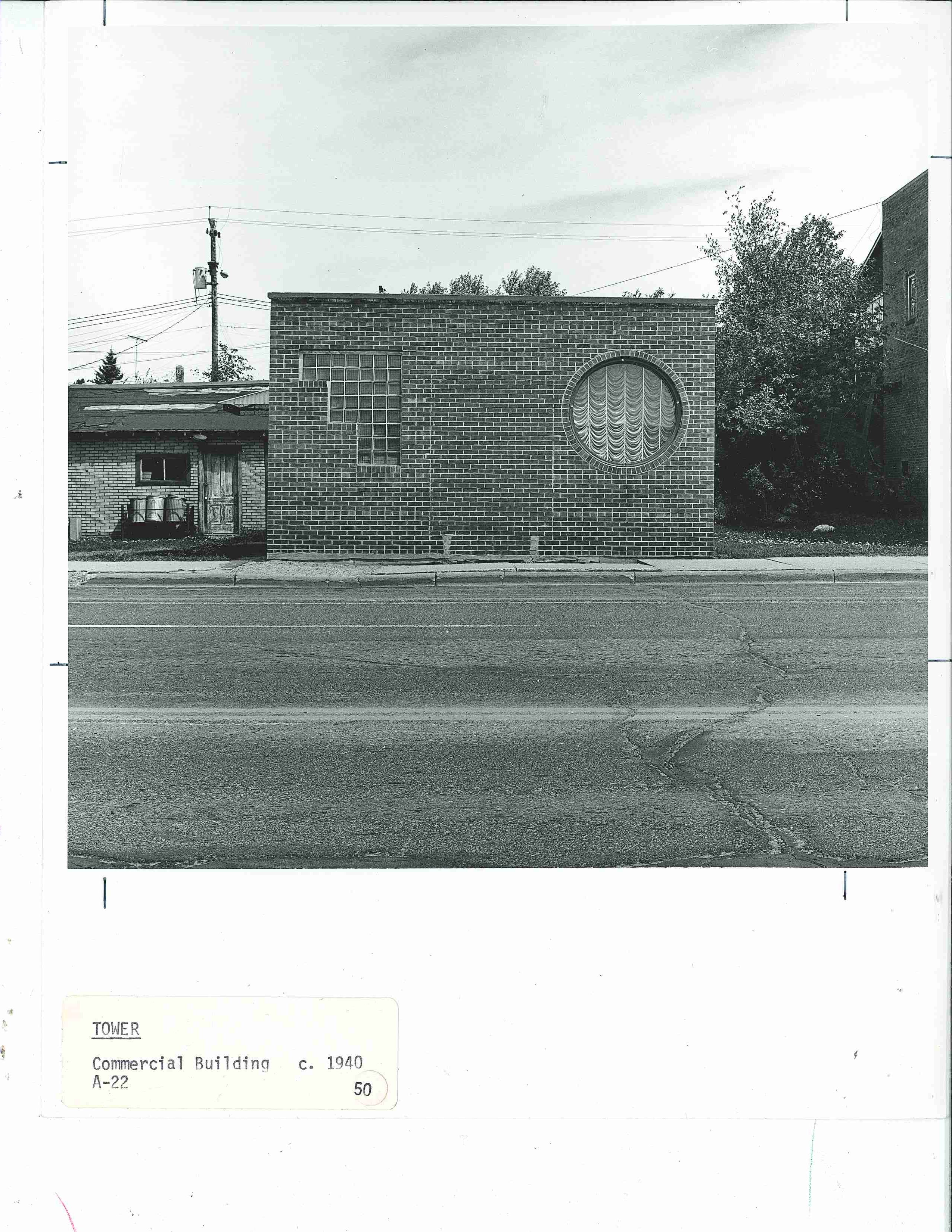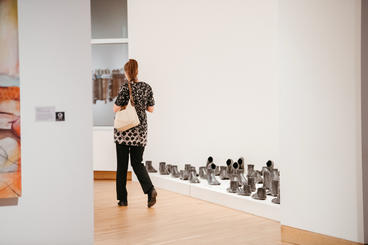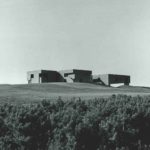
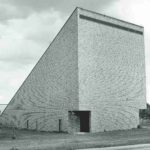
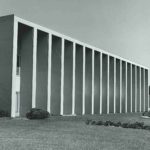
Straight lines, crisp angles, geometric forms, and openly planar surfaces in buildings become an embodiment of human's power over the elements and ability to manipulate materials and environments. A Guide to the Architecture of Minnesota defines most of the buildings included in this post as Moderne (Art Deco) Style, International Style, New Brutalist or New Formalist. Contemporary architectural photography--where buildings appear timeless, monumental and almost separate from their actual locations and with a general absence of people--seems to accentuate and highlight these particular styles.
Fourth in a series of photo-posts inspired by A Guide to the Architecture of Minnesota, published in 1977 as a supplement to University Gallery's Bicentennial exhibition The Art and Architecture of Minnesota, this post samples some of the awesomely geometric, monumental and sometimes hauntingly sparse buildings so popular at the time this book was published.
The first few photos of the post exemplify the Guide's glossary definition and characteristics of New Brutalism: "heavy, monumental and emphatically permanent...[with] a picturesque variety of forms--volumes projecting horizontally and vertically, contradicting shapes, shed roofs, cylinders." Click the image to the left for the full description from the Guide.
St. Catherine University's O'Shaughnessy Auditorium in St. Paul, MN (below)
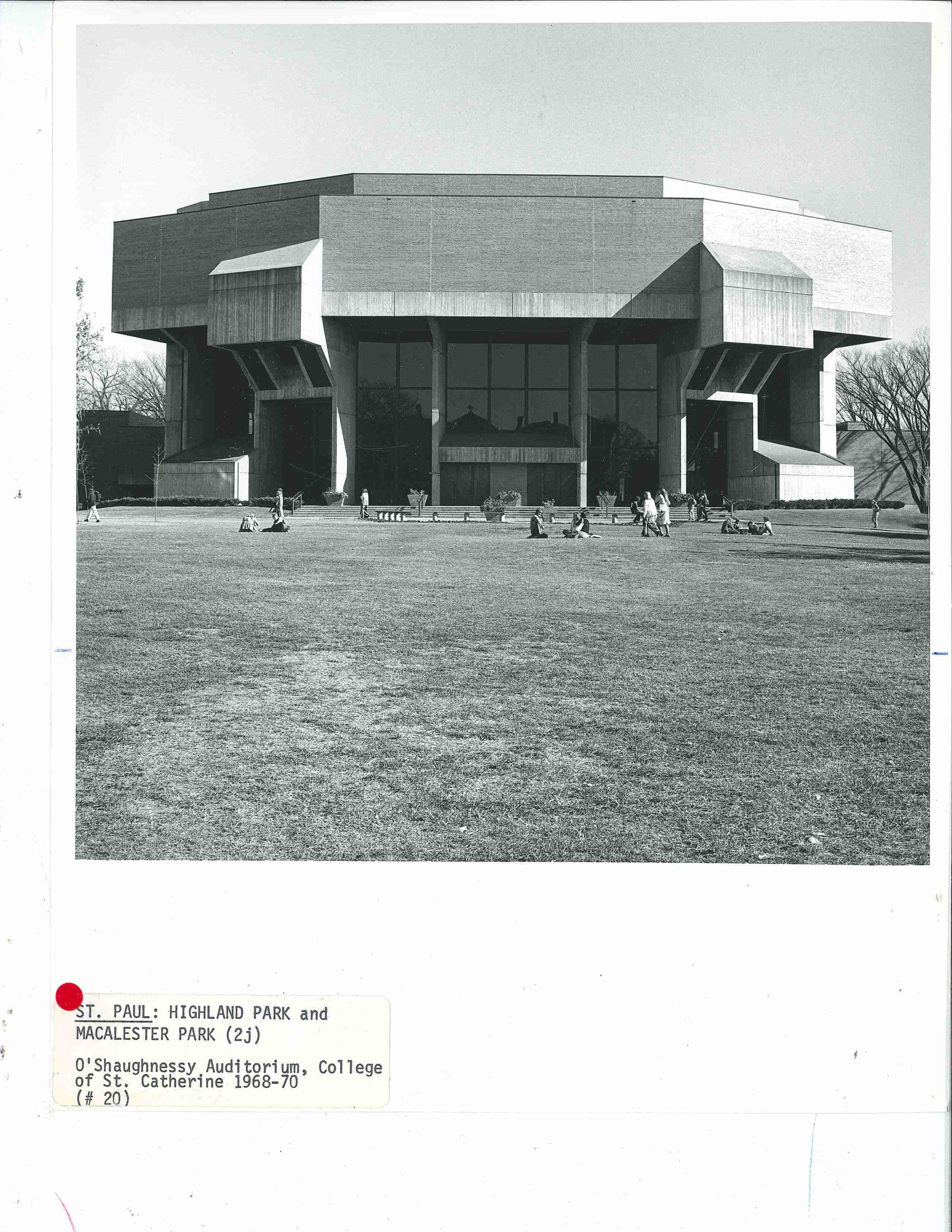
Dakota County Government Center in Hastings MN circa 1977. (below)
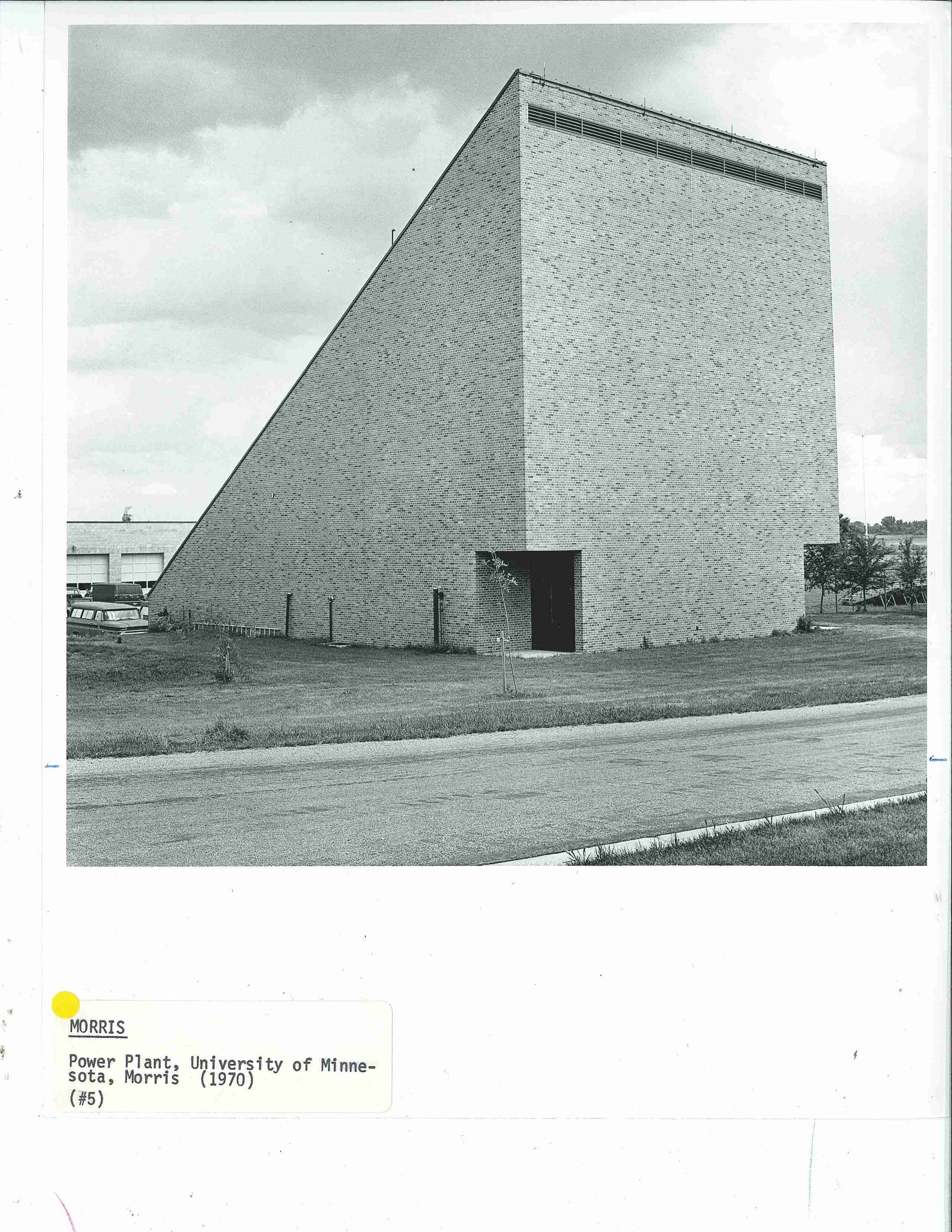
Power Plant at the University of Minnesota in Morris, MN circa 19877 (below)
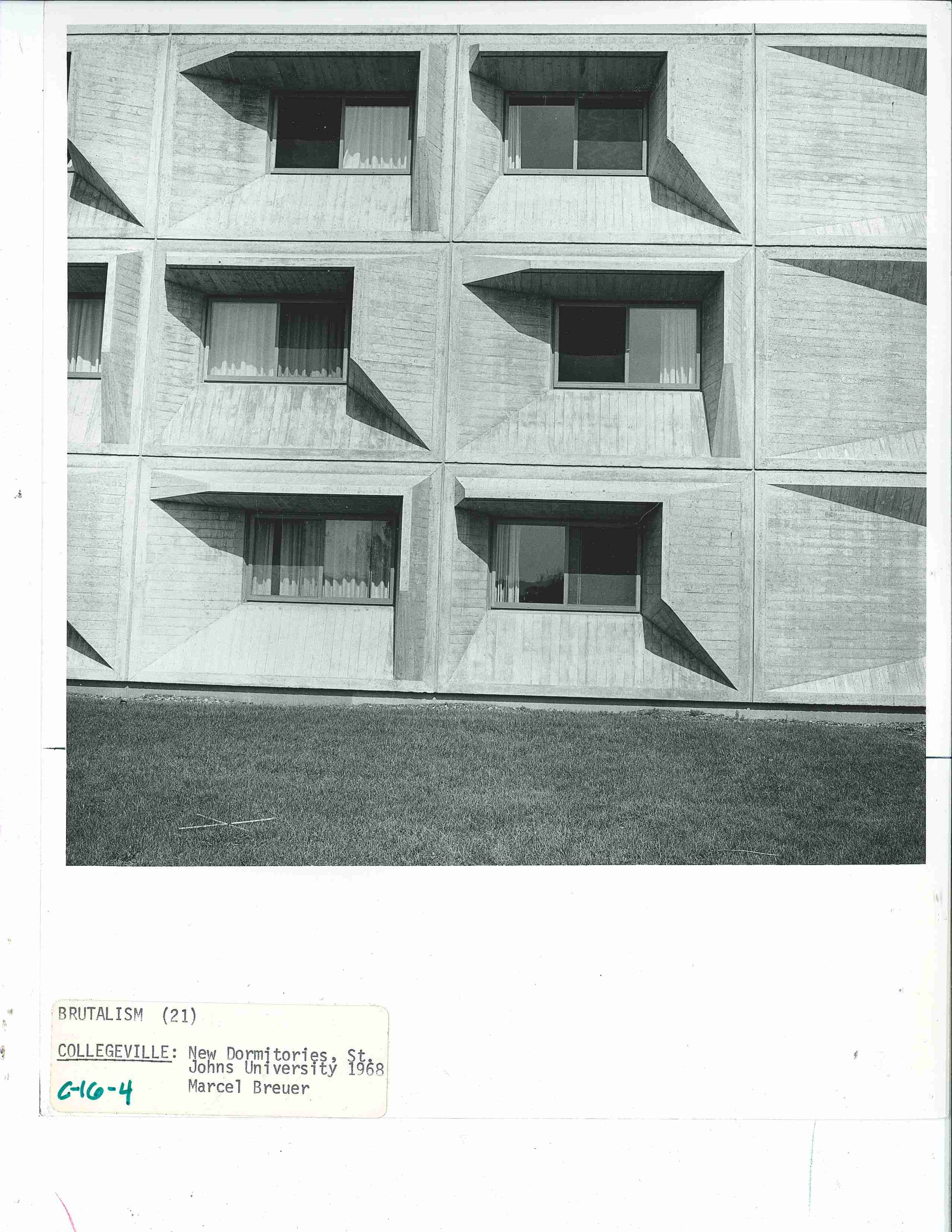
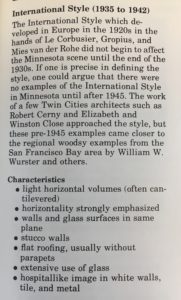
The following photos of the post might better exemplify the Guide's glossary definition and characteristics of International Style: "light horizontal volumes (often cantilevered), horizontality strongly emphasized, walls and glass surfaces in the same plane...extensive use of glass..." Click the image to the left for the full description from the Guide.
The United Airlines Hangar (below) was near the intersections of 34th Ave S and 494 in Bloomington MN. Described in the Guide as "a giant and workable hyperbolic paraboloid. Saarinen's TWA building at Kennedy Airport transformed from concrete into angular steel."
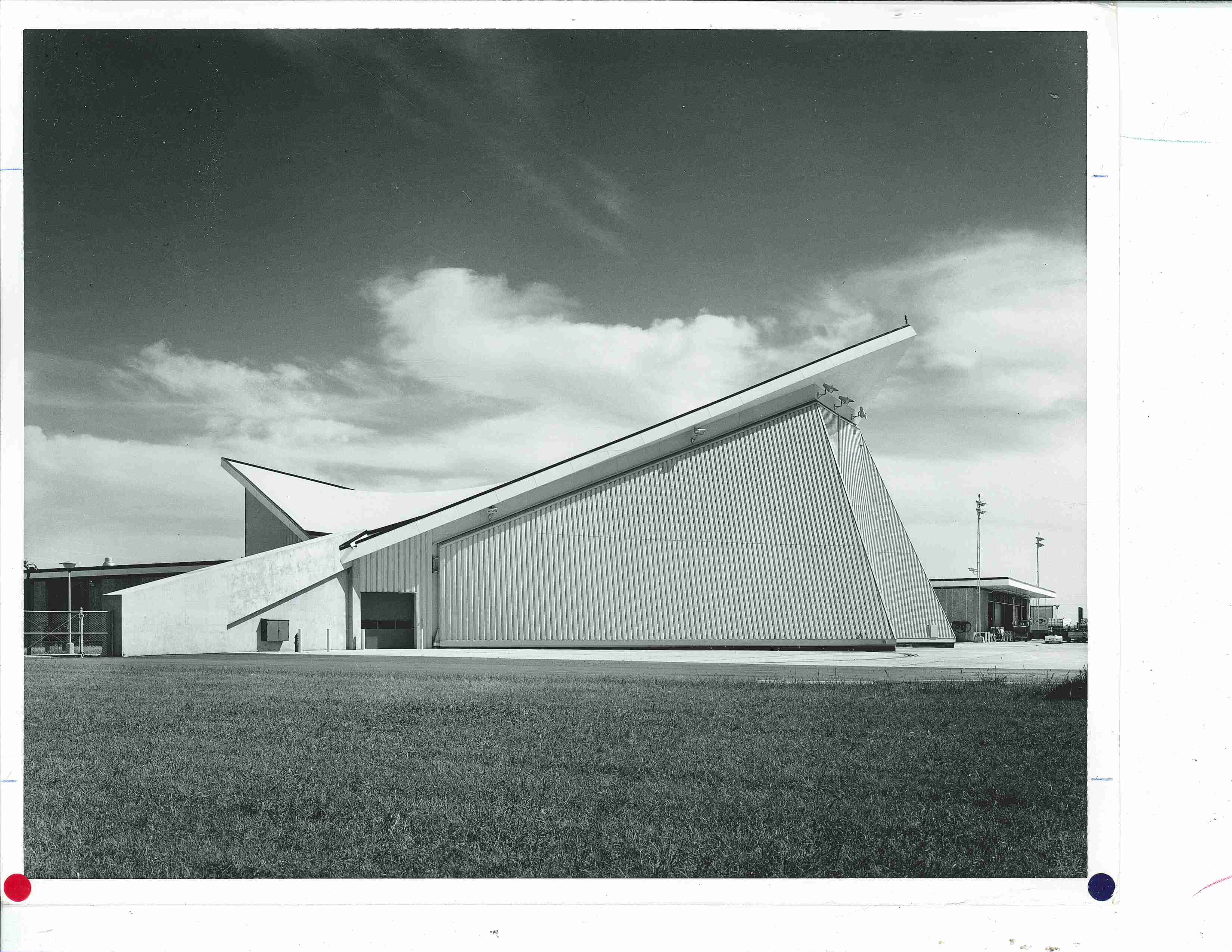
Southwest Junior High School in Albert Lea, MN circa 1977 (below)
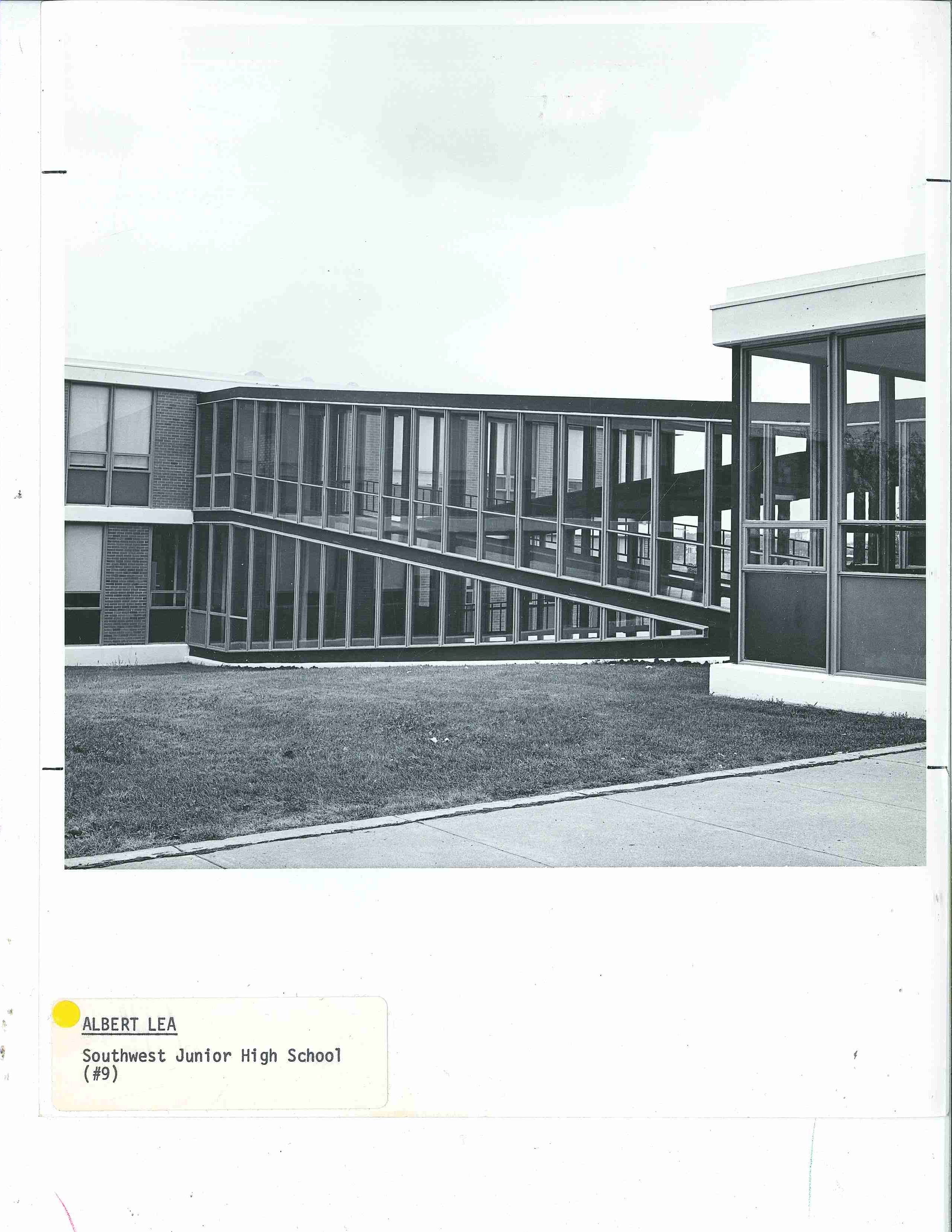
St Louis County Courthouse in Hibbing, MN circa 1977 (below)
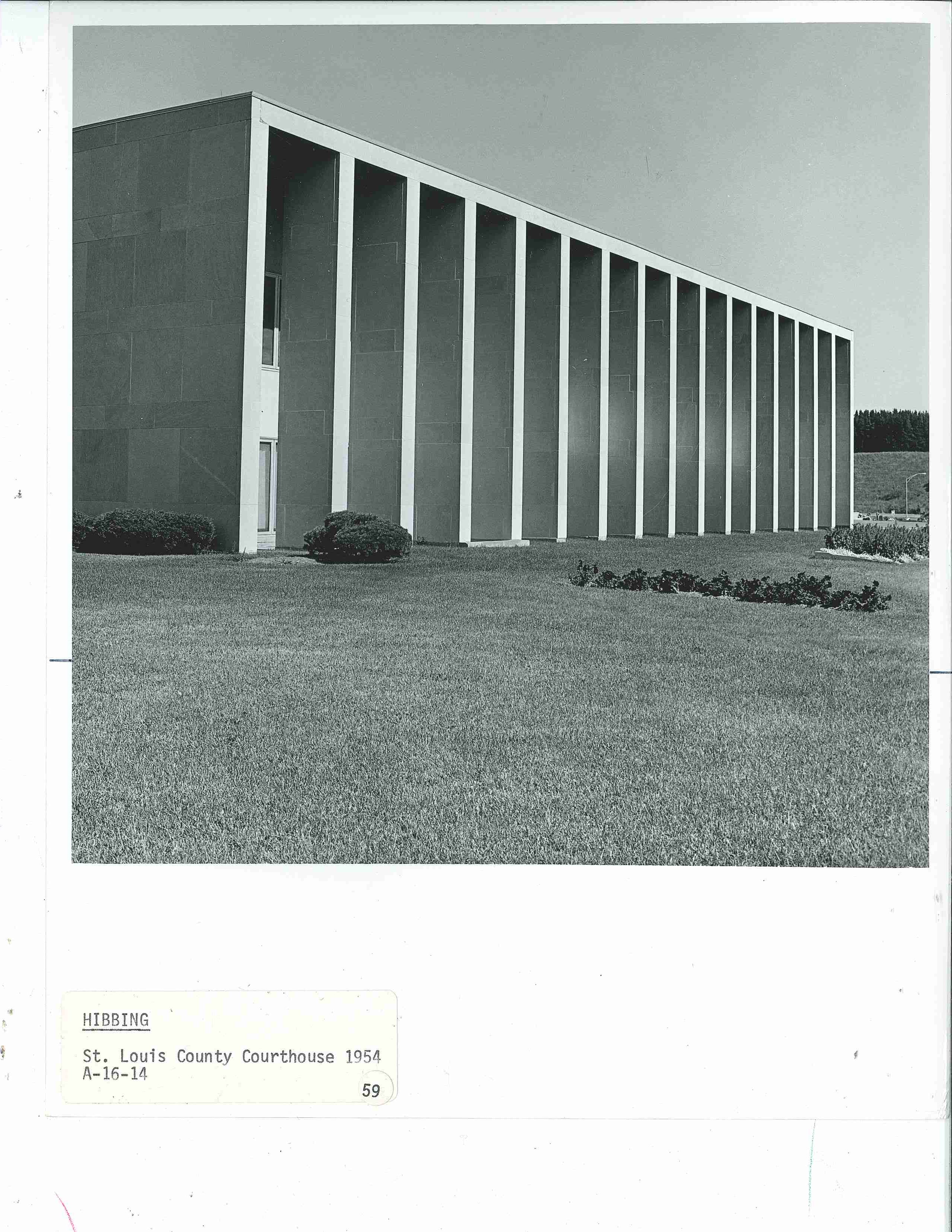
Butler Brothers Warehouse Building in Minneapolis, MN circa 1977 (below) was remodeled inside with walls of glass and the original heavy wood beams.
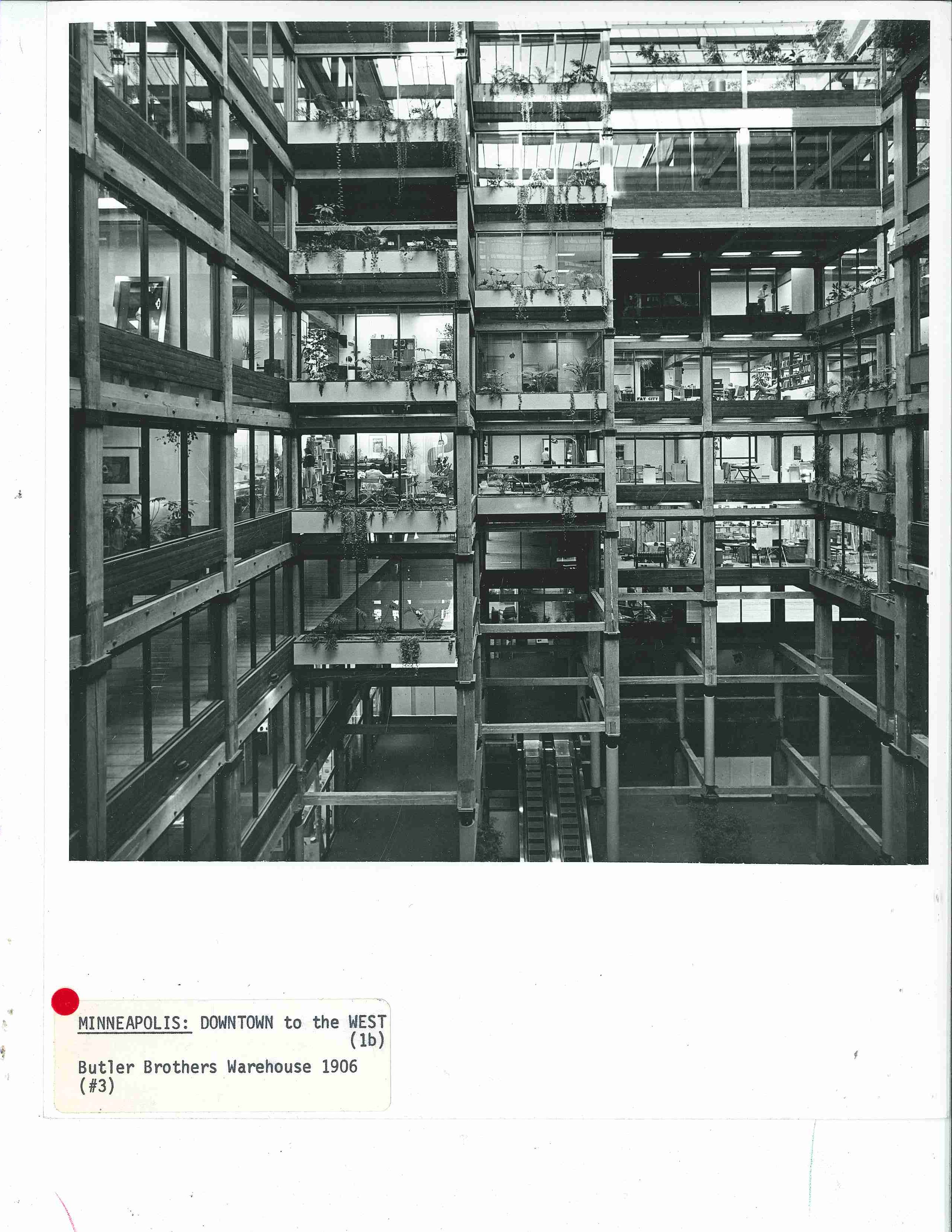
The image (below) of a humble commercial building turned residence in Tower, MN didn't make it into the book but instead is described as Streamline Moderne style which the Guide's glossary describes as "an outgrowth of the machine aesthetic" and characterized here by the "non-symmetric compositions, glass brick for walls and windows, [and] round windows".
